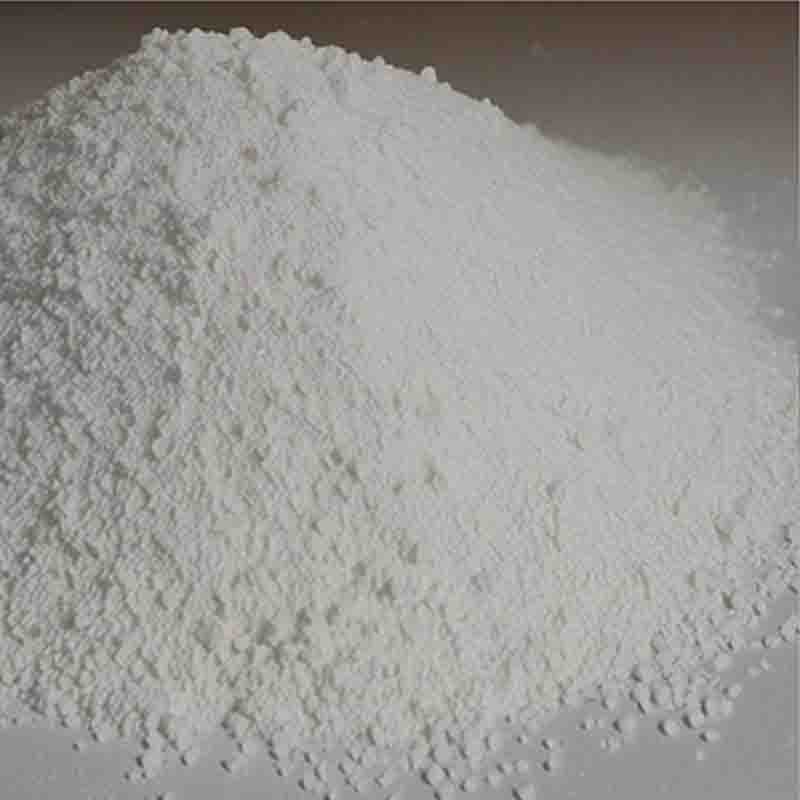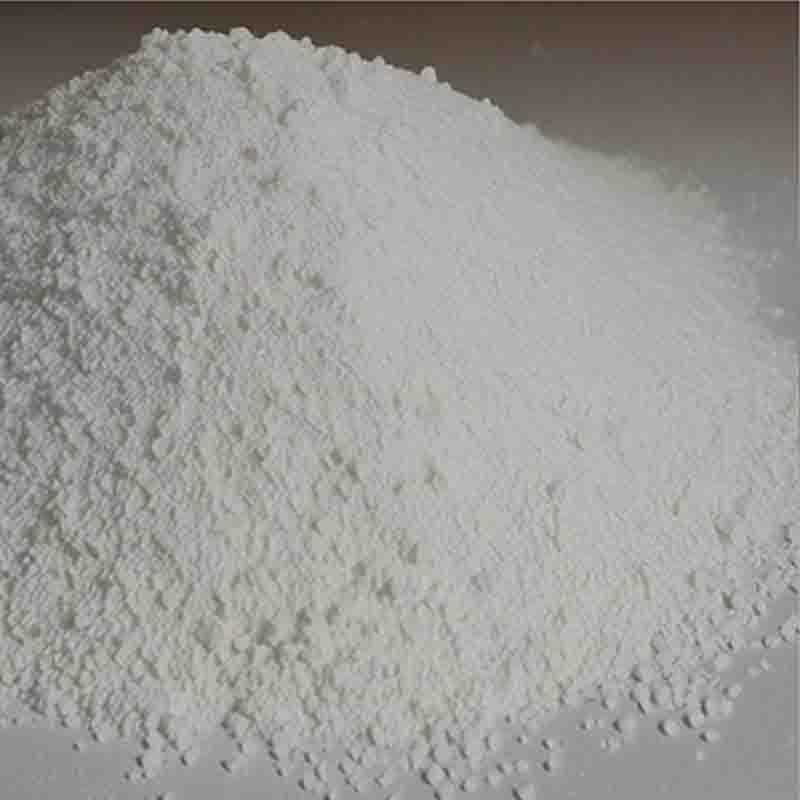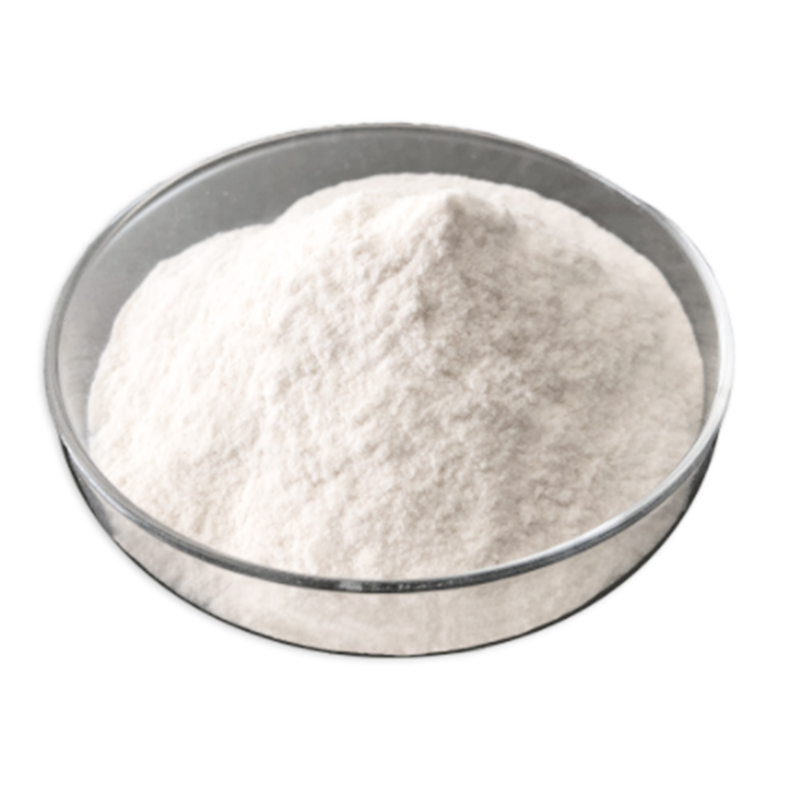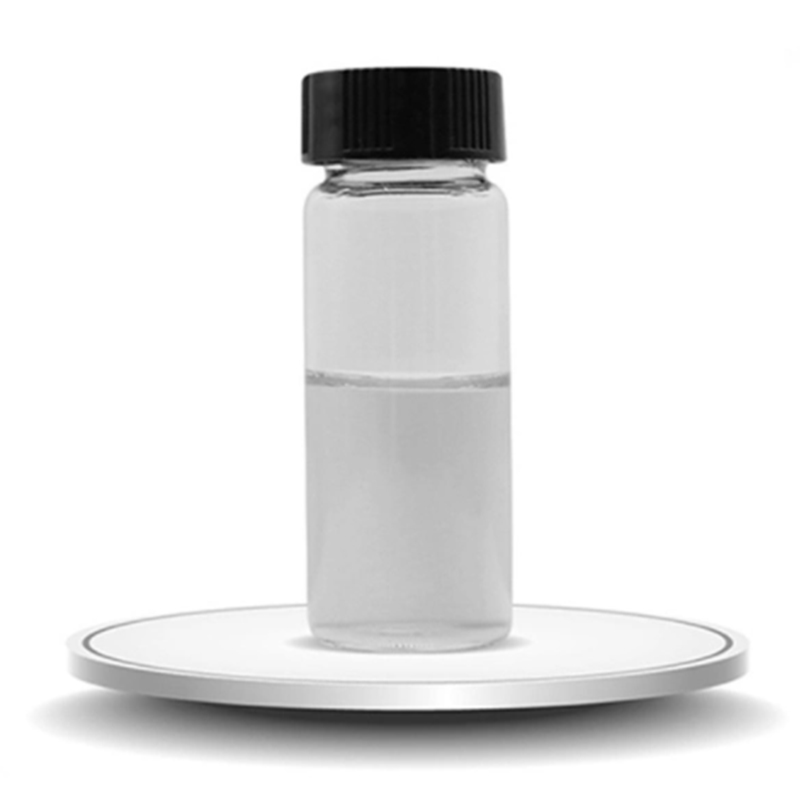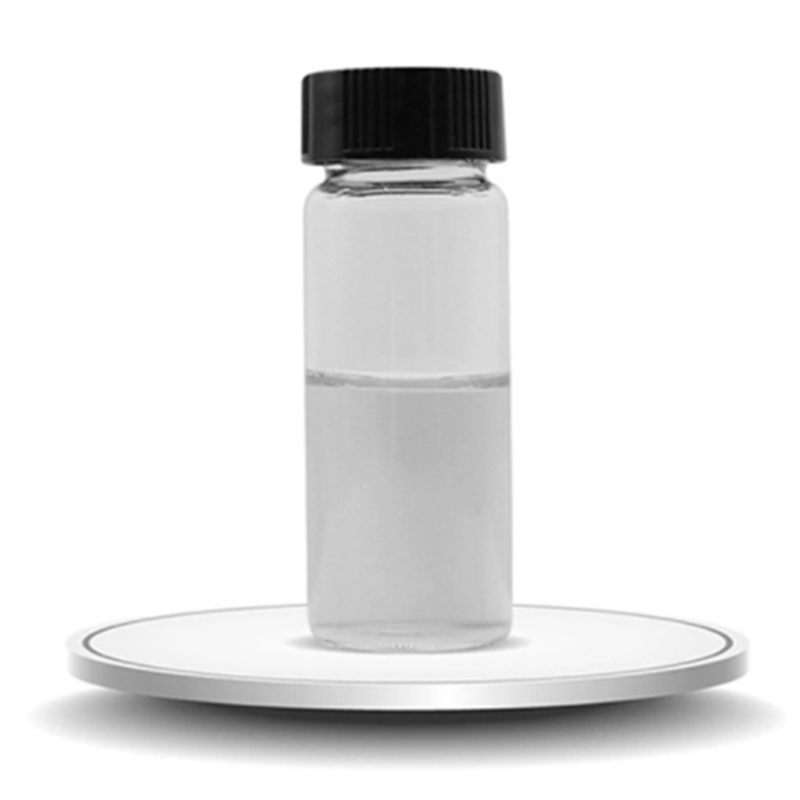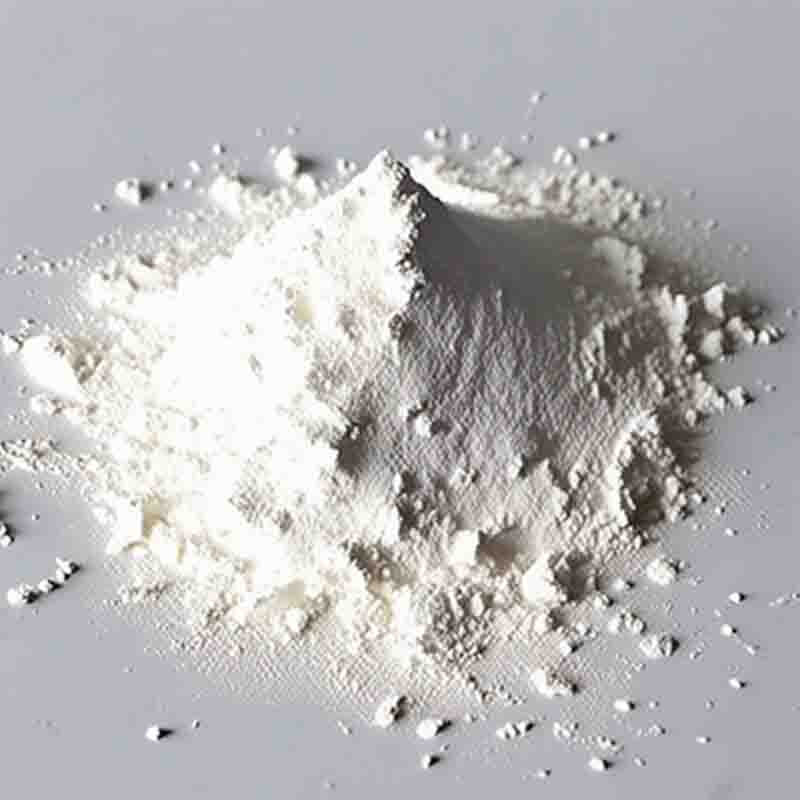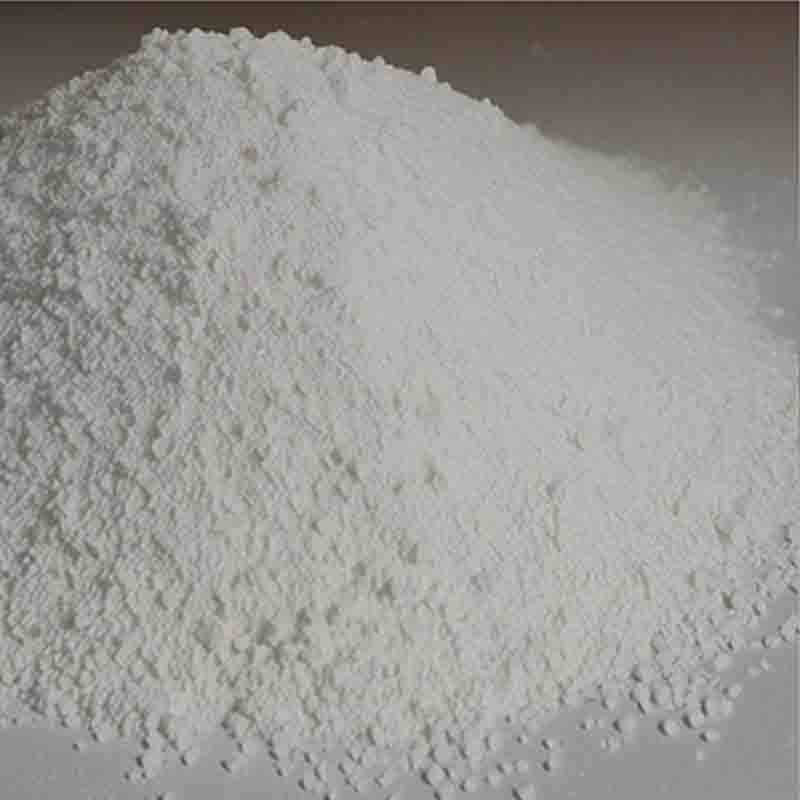Ethyl 2-(3-cyano-4-isobutoxyphenyl)-4-methyl-5-thiazolecarboxylate CAS: 160844-75-7
| Catalog Number | XD93846 |
| Product Name | Ethyl 2-(3-cyano-4-isobutoxyphenyl)-4-methyl-5-thiazolecarboxylate |
| CAS | 160844-75-7 |
| Molecular Formula | C18H20N2O3S |
| Molecular Weight | 344.43 |
| Storage Details | Ambient |
Product Specification
| Appearance | White powder |
| Assay | 99% min |
Ethyl 2-(3-cyano-4-isobutoxyphenyl)-4-methyl-5-thiazolecarboxylate, also known as a thiazole derivative, possesses a chemical structure that offers potential applications in several fields including medicinal chemistry, agrochemicals, and materials science.In medicinal chemistry, this compound's structure suggests possibilities for designing and developing new drugs. The presence of the cyano group signifies potential biological activities such as antiviral, antibacterial, and anticancer properties. This compound can serve as a starting point for the synthesis of derivatives with potentially beneficial therapeutic effects. Additionally, the isobutoxyphenyl moiety can contribute to enhancing the compound's bioavailability, stability, or targeting specificity in medicinal applications.Furthermore, the thiazole ring in this compound is of interest in medicinal chemistry. Thiazole derivatives have demonstrated various pharmacological activities including antimicrobial, antitumor, and anti-inflammatory effects. Therefore, ethyl 2-(3-cyano-4-isobutoxyphenyl)-4-methyl-5-thiazolecarboxylate can be explored as a potential lead compound for the development of new drugs or pharmaceutical products with relevant properties.In the field of agrochemicals, thiazole derivatives have been utilized as active ingredients in fungicides and pesticides due to their antifungal and insecticidal properties. This compound's structure suggests possibilities for developing agrochemical products that can combat plant diseases and pests effectively. By modifying the structure or incorporating additional functional groups, enhanced potency, selectivity, or environmental safety can be achieved.Moreover, this compound may find applications in materials science. The presence of the thiazole and cyano groups suggests potential for chemical modifications and functional material synthesis. It can be used as a building block for the development of polymers, dyes, or materials with specific properties such as conductivity, solubility, or stability.In summary, ethyl 2-(3-cyano-4-isobutoxyphenyl)-4-methyl-5-thiazolecarboxylate presents potential applications in medicinal chemistry, agrochemicals, and materials science. Its chemical structure, incorporating functional groups such as cyano, isobutoxyphenyl, and thiazole, opens up avenues for various modifications and applications. This compound can be used as a starting point for the development of new drugs, agrochemical products, or functional materials with desired properties and specific applications in multiple scientific and industrial fields.


